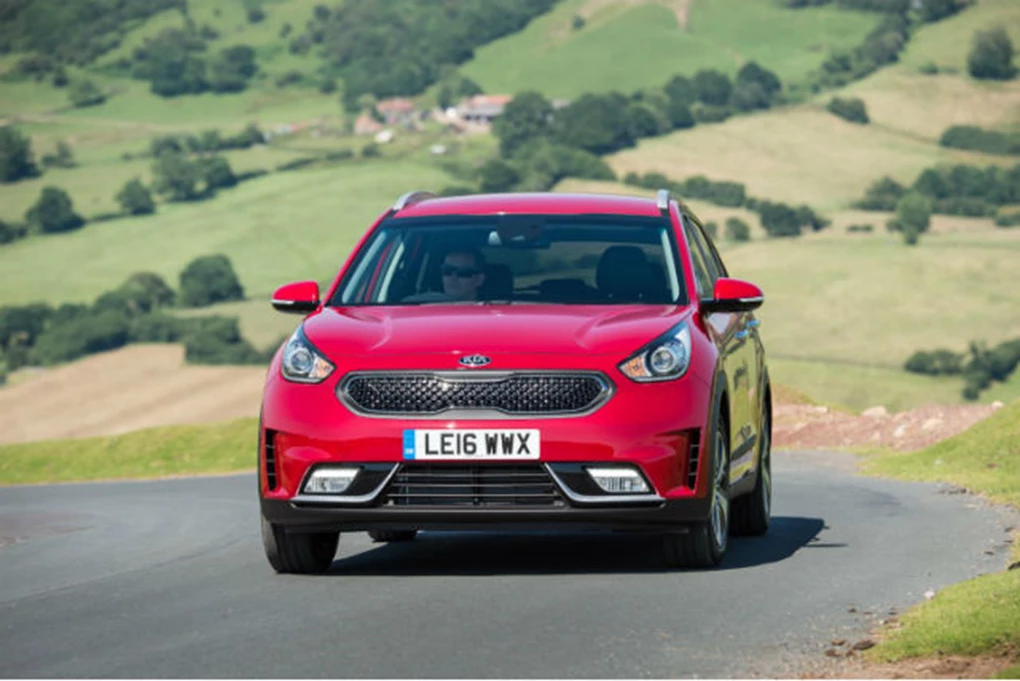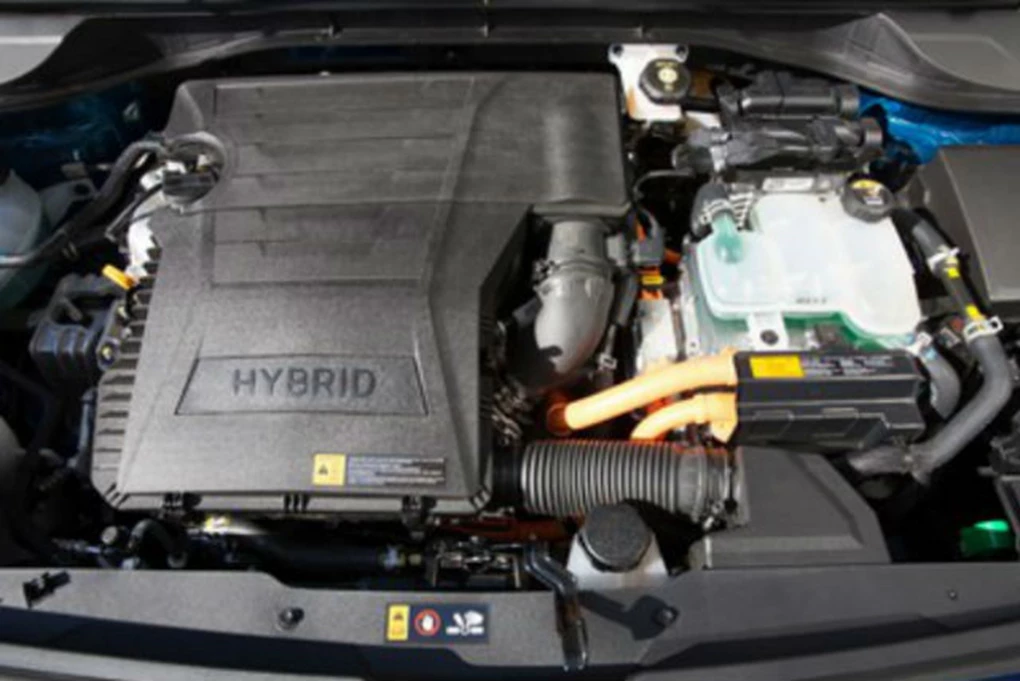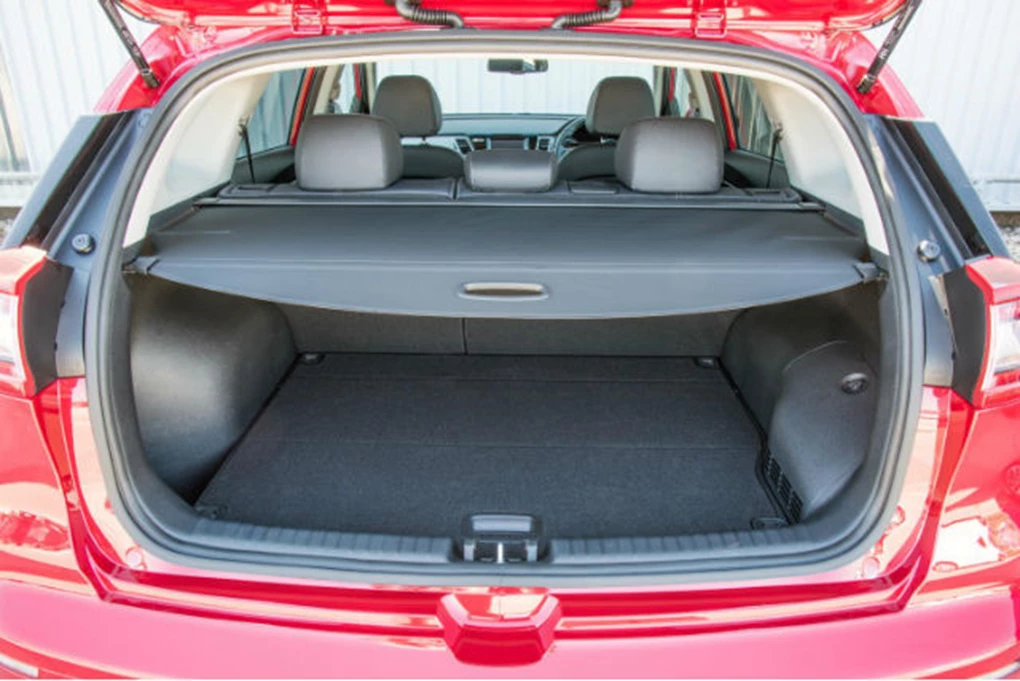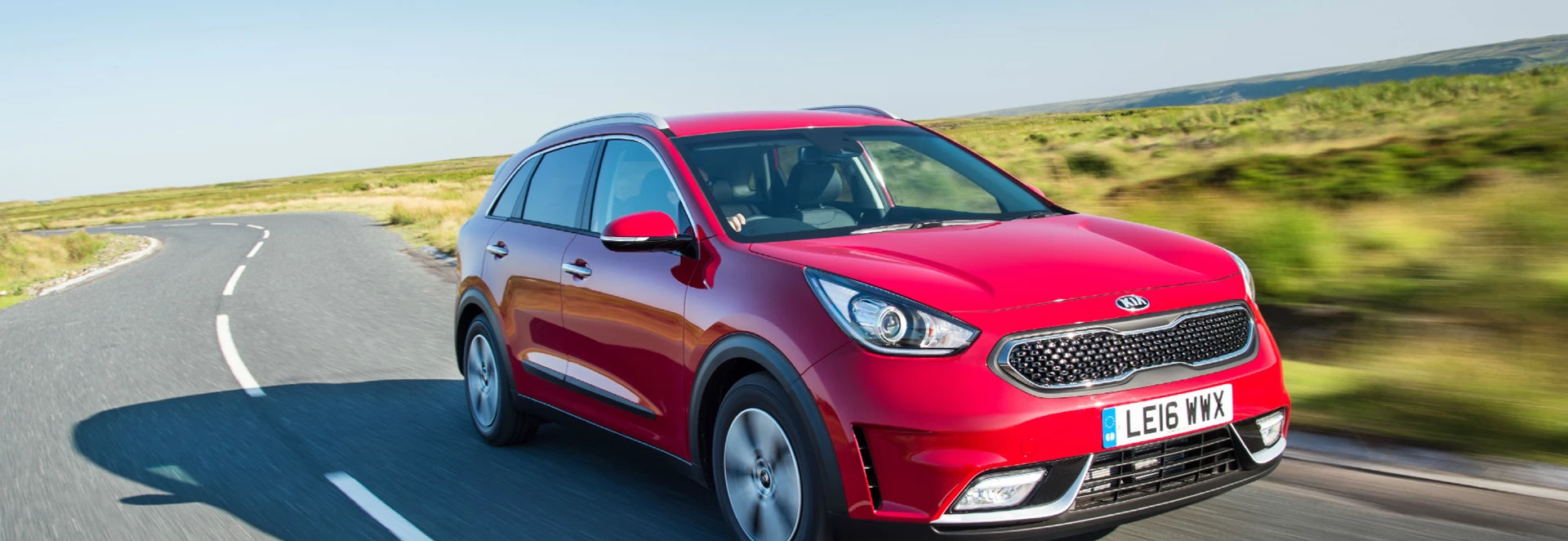The Niro is the UK market’s first ever crossover that’s been built as a hybrid from the ground up, unlike some other hybrid crossovers that have been adapted from conventional combustion engine models.
For Kia, it’s another significant notch in its masterplan to become one of the UK’s biggest players. And with the huge success of its Sportage crossover, it makes sense that its hybrid is a crossover too.
We jumped inside the grade ‘2’ model – which Kia expects to rake in the most sales - to get a feel for what potential customers are likely to come away with. Even though it is expected to be the best seller however, Kia isn’t dismissing the idea that its flagship ‘First Edition’ model could be the most popular – especially if its Sorento sales are anything to go by.
But should Toyota, BMW and other hybrid players be worried?

Performance
Regardless of trim, the only engine option is a 1.6-litre GDi petrol (104bhp), which combines with an electric motor (43bhp) to deliver a total power output of 139bhp. There’s also a decent 265Nm of torque available, albeit in first gear due to the added boost of electric power.
Like many other hybrid and electric vehicles, the Niro is nippy off the mark and offers great performance for city and urban driving. Take it out on the open road and it can’t really be described as quick, although a zero to 60mph sprint time of 11.1 seconds isn’t bad.
At low speeds around town the Niro runs off pure electric power - resulting in zero CO2 emissions – with the petrol engine kicking in when you venture out onto faster roads. The electric power at lower speeds isn’t infinite though, and you are given an electric power readout in the instrument cluster to keep you up to speed on how much electric range you have.
One of the best things about the hybrid powertrain is its coupling with the six-speed dual-clutch automatic transmission – which has been fitted instead of Kia’s popular CVT auto. This enhances its drive with smooth, intelligent gear changes that allow a confident transition from electric power to petrol power. There is also a ‘Manual Sports’ function available, great if you want a bit of extra control.

Ride and Handling
The Niro doesn’t quite reach the class-leading standards of the Mazda CX-3, but it certainly matches the Toyota Prius for driver engagement
The Niro comfortably fits into the hybrid category with its drive, but thankfully manages to avoid being dull. It has a competent suspension package that shrugs off bumps – although some may find it ever so slightly on the firm side – and the steering is precise, offering some added weight at a three-quarter turn, although it does lack a little feedback. One of the Niro’s trump cards is its refinement, with great wind and road insulation, even at motorway speeds. The Niro doesn’t quite reach the class-leading standards of the Mazda CX-3, but it certainly matches the Toyota Prius for driver engagement and when driven right, you can actually have a fair bit of fun on twisty country roads with it.

Interior and Equipment
Hybrid sales in the UK and in mainland Europe have doubled over the last five years.
The interior of the Niro falls in-line with other new Kias, which is definitely a good thing. That means up-market soft-touch materials dotted around and an incredibly ergonomic and easy to understand layout of buttons. It is easy to see why Kia expects the grade ‘2’ Niro model to be the big seller as it ticks a lot of vital tech and creature comfort boxes. The big addition is the seven-inch touchscreen system with sat-nav and a reversing camera. Like other Kias, this screen is very responsive – although pinch and swipe functionality would be nice. All Niro models get an extensive kit list anyway, with air-con, DAB radio, Bluetooth compatibility, Hill-start Assist Control, Lane Keep Assist and cruise control. What makes the Niro’s interior really standout is its rear passenger space. Being slightly longer than the Kia Sportage, the Niro offers greater rear passenger space, with enough leg and headroom to suggest that it is a luxury saloon rather than a crossover. The boot is big as well, with the battery pack being located under the rear seats to make this possible. With the seats in place, the Niro offers 427 litres of storage space (373 litres with a luggage undertray) but this can be expanded to 1,425 litres if you fold the 60:40 split seats down.
Cost
The ‘2’ claims to return an average of 74.3mpg (expect around 60mpg) and it emits just 88g/km of CO2.
The grade ‘2’ model will cost you an extra £1,500 over the entry-level model, coming in at £22,795. That is an extremely competitive price when you consider that if you were to go down the Toyota hybrid route, the Prius starts from £23,295 and a RAV4 Hybrid starts from £26,695. When it comes to running costs and efficiency, ultimately the Niro range is split down the middle, with the grade ‘1’ and ‘2’ models being more efficient than the grade ‘3’ and ‘First Edition’ models. The ‘2’ claims to return an average of 74.3mpg (expect around 60mpg) and it emits just 88g/km of CO2. These figures are not up to uber-frugal 94mpg Prius standards, but they are still impressive.
Our Verdict
The Niro brilliantly blends hybrid power with crossover appeal. Not only does it look great and offer Kia’s new-found, up-market interior ideology, but it manages to stay away from being too conservative and therefore positions itself as a genuine competitor to Toyota’s hybrid range. For a first go, it’s superb. Kia are certainly heading in the right direction with this hybrid and we can’t wait to see where it’s going… well, there’s a plug-in version coming next year, we know that much.





